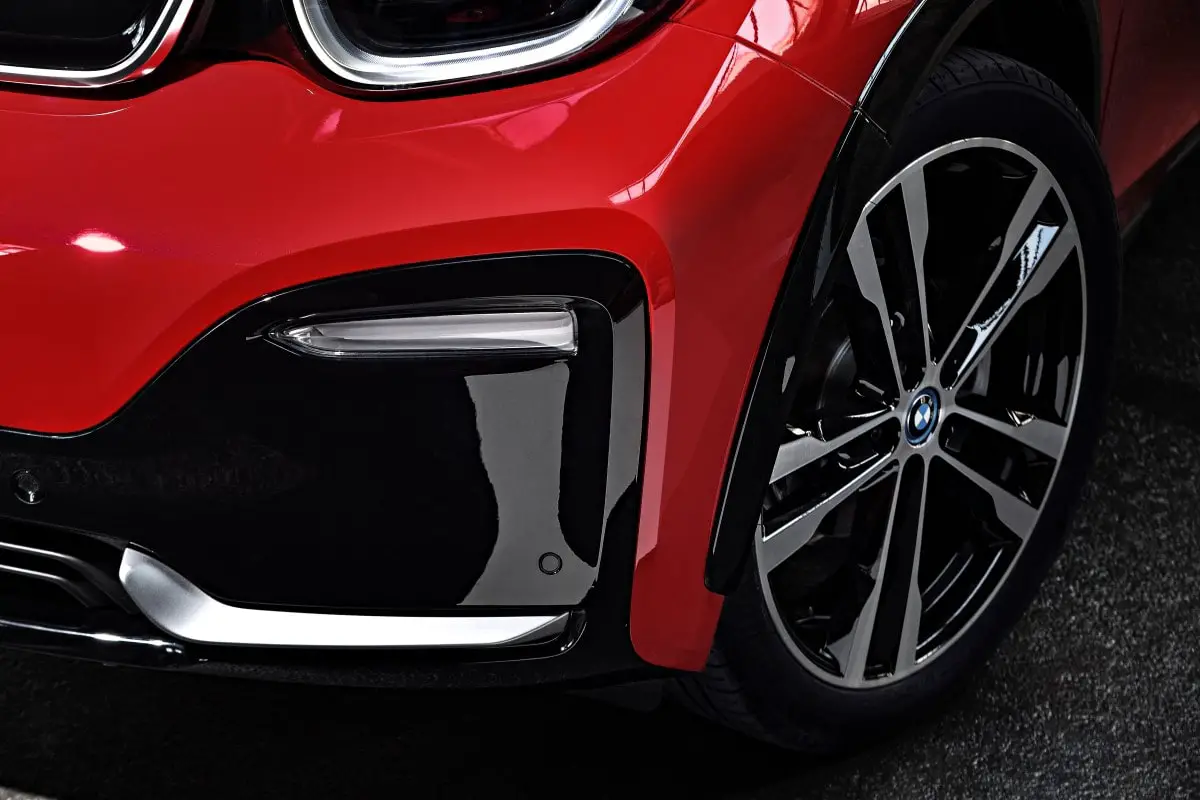The BMW i3 Tire Pressure Monitor keeps an eye on your tire pressures. It will alert you if your car suffers a puncture.
After you receive this warning, head straight to a tire shop for some new rubber. Once you have a replacement tire, you’ll need to reset the i3’s Tire Pressure Monitor system.
This article walks you through resetting the Tire Pressure Monitor on the BMW i3 and its importance.
Read your owner’s manual for more information. This contains everything you need to know, including the vital safety aspects. It should be read through in its entirety before you use your BMW i3.
Table of Contents
What is the BMW i3 Tire Pressure Monitor?
The BMW i3 Tire Pressure Monitor is a system that keeps track of your tires’ statuses. If one (or more) loses pressure, it’ll let you know with a yellow warning light and message.
There are two types of TPMS:
- Direct
- Indirect
The BMW i3 uses a direct TPMS valve. This uses a metal valve and electronic sensor to actively measure the pressure within a tire.
Indirect TPMS uses the ABS sensors and alerts you when two wheels don’t spin at the same rate. It isn’t as reliable (but it’s still better than nothing).
BMW i3 Tire Pressure Monitor display meanings
View your tires’ statuses by going to the following feature on the iDrive:
- Go to My Vehicle.
- Open Vehicle status.
- Find Tire Pressure Monitor.
The BMW i3 Tire Pressure Monitor system shows your four wheels on the display. Each one could be one of three colors, displaying its status.
- Green
- Yellow
- Gray
A green indicator means the tire is all well and good. It’s holding pressure and is safe. Carry on driving as usual.
A yellow tire means it’s lost at least some pressure. This could represent either a slow puncture or a sudden blowout (or anything in between). In rare cases, there could be a problem with the sensor instead.
A gray tire indicator means your car can’t get the necessary information from the wheel. There is most likely a TPMS sensor issue. These can happen during tire replacements or occasionally due to wear and tear. The system could also be in the process of resetting.
How do you know what the tire pressures should be?
For any vehicles on the road, simply open your owner’s manual and find the section on tires. That’s all there is to it!
Most vehicles, including the i3, can take a few different tire sizes.
You can find your tire size by looking at the side of your tires. You’re looking for a number in the same format as this example: 155/70 R19. (This is an actual BMW i3 tire size.)
Look for the corresponding tire pressure in your owner’s manual.
You might need to use different tire pressures if you have a heavy load or you’re towing something. These are also in the owner’s manual.
Don’t read the pressures on the tire walls – these are the maximum safe limit for the tire, not your car. And please don’t ask a forum or get a rough guesstimate from a friend. These will almost certainly be wrong.
How to reset the BMW i3 Tire Pressure Monitor System
You need to reset the BMW i3 Tire Pressure Monitor every time you:
- Top a tire up with air
- Remove and replace a wheel (for any reason)
- When a wheel is removed, it must be replaced on the same corner of your i3.
After ensuring your wheels are at the correct pressures (using a gauge), reset the TPM. To do this:
- Leave your car off (not in the drive-ready state).
- Have your key with you, though.
- Open My Vehicle on the iDrive infotainment system.
- Choose Vehicle status.
- Go to Tire Pressure Monitor.
- Activate the i3’s drive-ready state.
- Select Perform reset.
- The tire displays will turn gray.
- Drive off.
- After several minutes of driving, the wheels should turn green. This means the reset has been successful.
- It doesn’t matter if you stop driving before the icons turn green. The reset process will continue as soon as you start traveling again.
For more information on the BMW i3’s Tire Pressure Monitor System, read your owner’s manual (in full). You’ll find a screenshot of some select information below.
